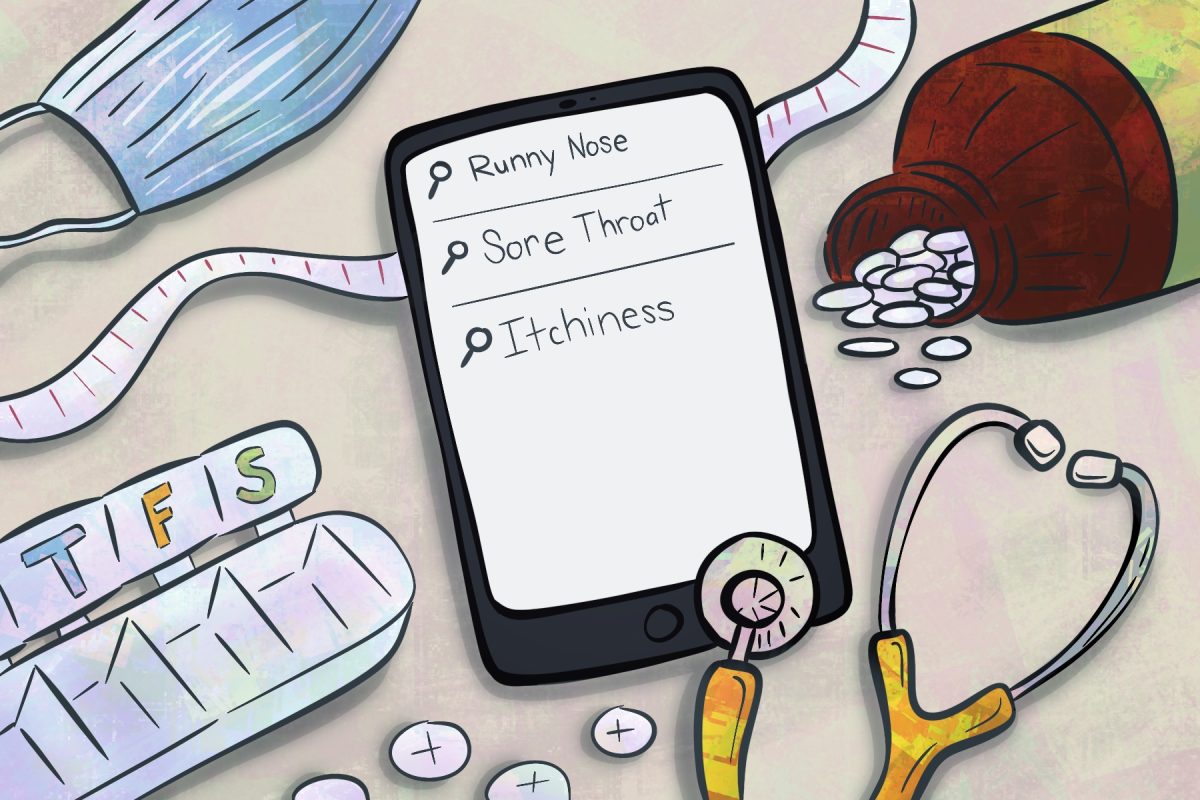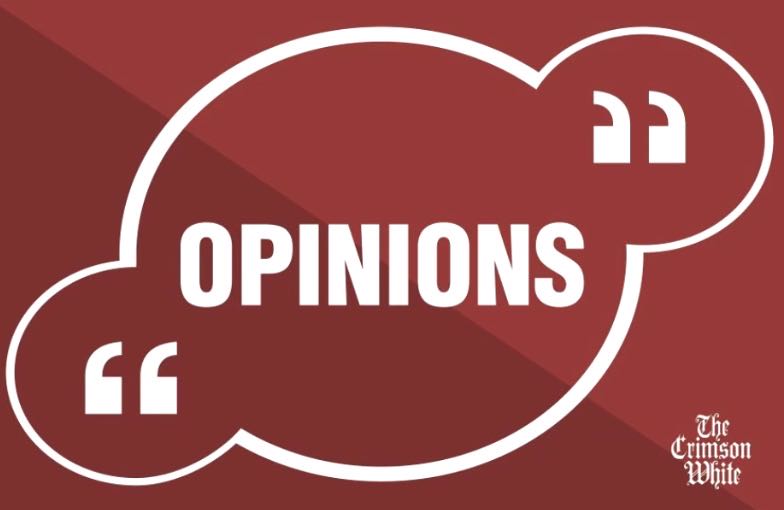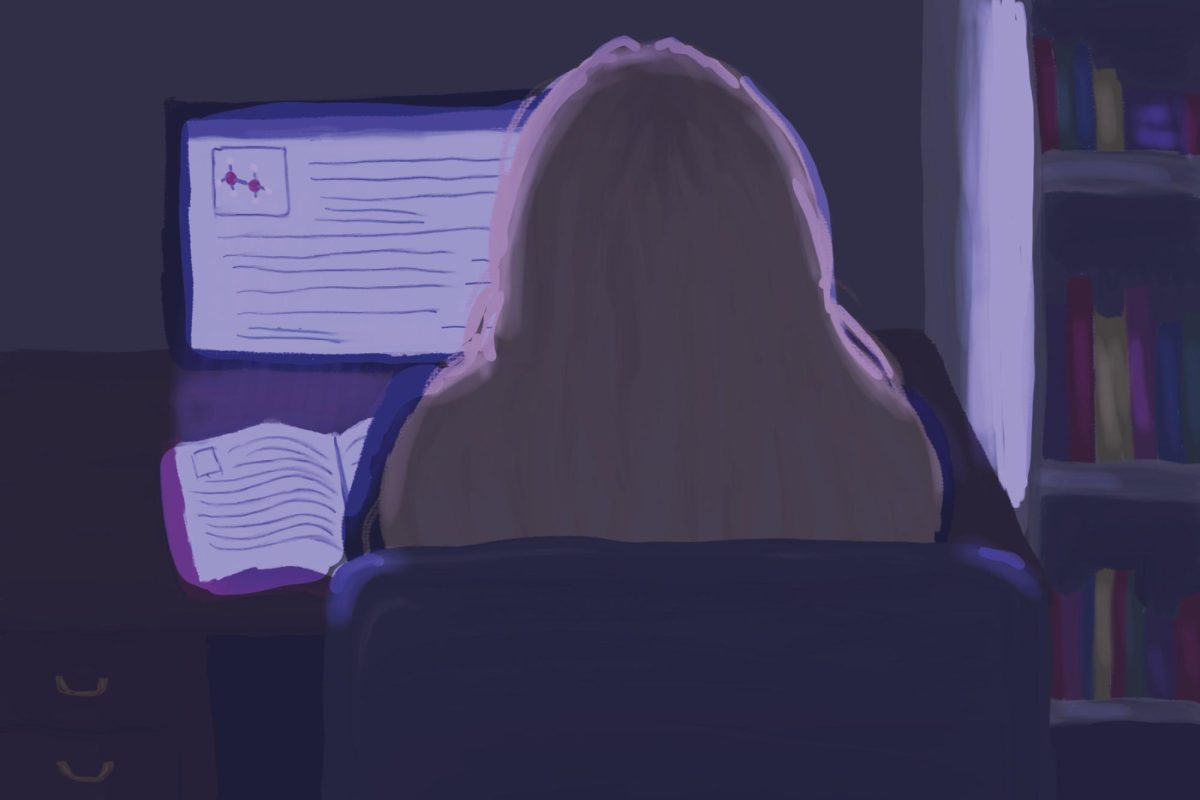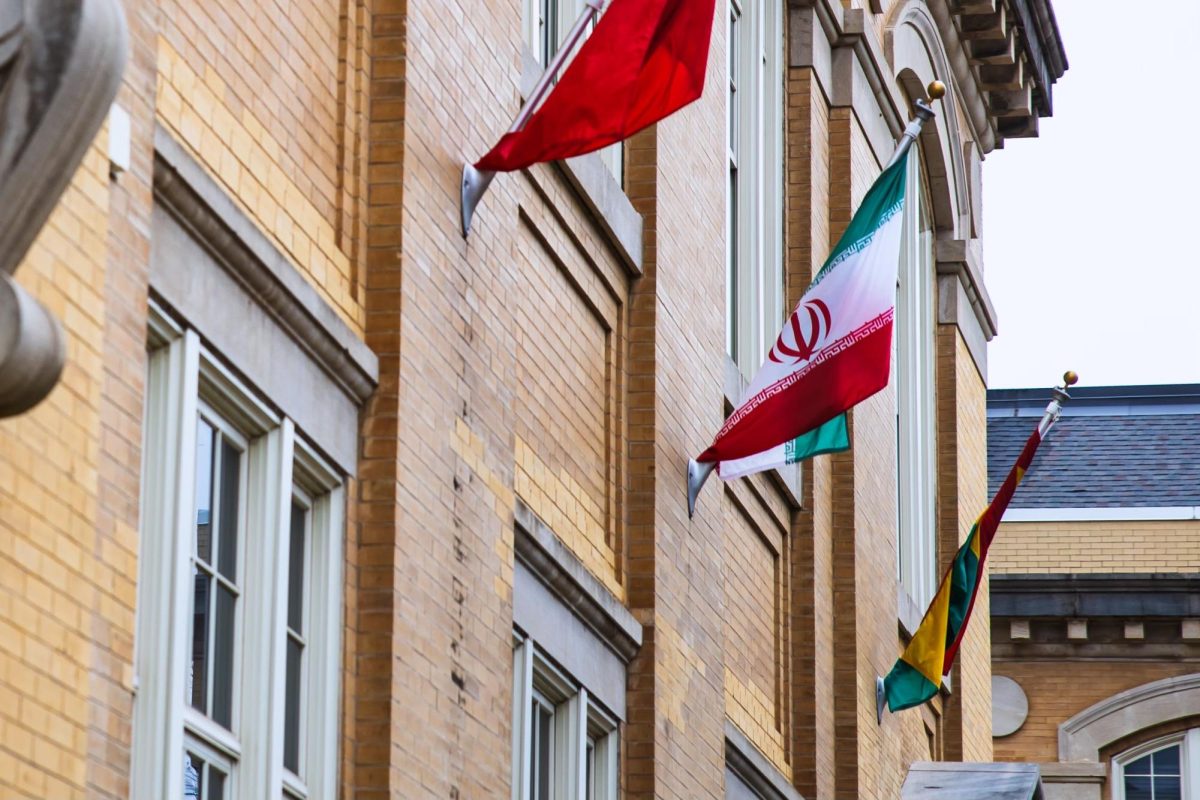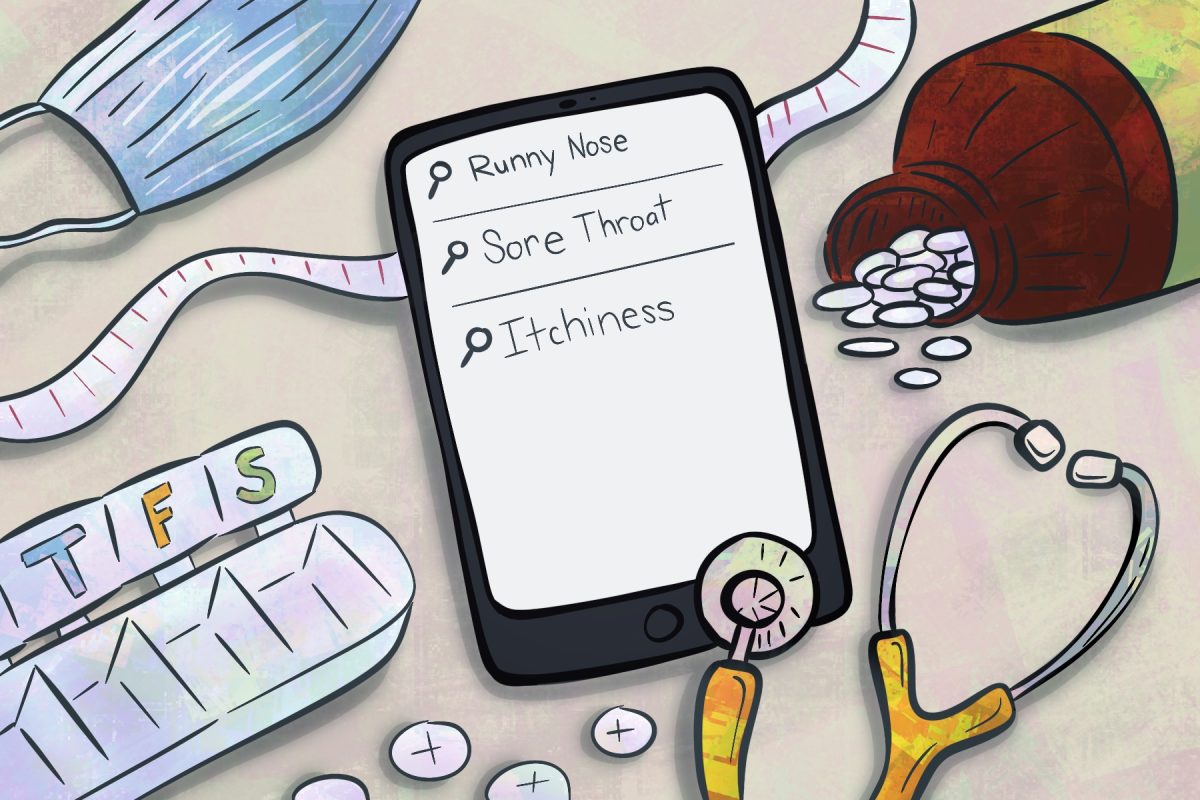Ever had a sibling break Mom’s flower vase but refuse to fess up? Then you get laid with the blame, at no fault of your own? You are then the one suspected in every other trivial mishap in your house. Unfair, huh? Not in D.C.
Out of thousands of the – for some reason – very hurried pages in the new financial reform bill comes a new “watchdog” that will monitor and approve all extensions of credit. Regardless of whether an institution was a massive firm in the middle of the subprime crisis or a hometown furniture store that has always lent responsibly, Washington has more regulation coming for anyone who offers consumers the option of charging their purchases.
But for Mr. Massive Firm, the government will make sure all business decisions, including the unwise, risky and troubling, will be foolproof. A permanent bailout fund will be established. So they only have 3-1 odds of making major profits on some subprime mortgage securities? They may as well toss the dice; they are insured (just like the last time they were too big to fail).
Considering the massive scale of the current financial crisis, one would assume much time and thought would be put into reforms to prevent such a painful recession from happening again. Why not a complete a thorough discussion before revamping this section of the code?
One big question that likely will not be investigated (given the impending Dodd-Frank deadline) and undoubtedly should be, is the government’s role in inflating the housing and financial bubbles that burst, triggering this crippling recession.
In 2003, Congress passed and then President Bush signed the American Dream Downpayment Act. This act gave the government the ability to pay down payments on homes, whether or not people could afford them. Conjuring in an office of bureaucracy, the Department of Housing and Urban Development decided to back billions in subprime loans. Many times these were offered with no down payment, so what were first time homebuyers to do other than take the great opportunity at hand?
Soon, these homeowners were then saddled with a mortgage they could not handle, and the bubble began to burst. Even people who could handle their mortgage saw the equity in their homes decline as home values plummeted because of the government-aided inflation of the bubble.
Fannie Mae and Freddie Mac, given special privileges through treasury credit lines, attracted capital they could have not gotten without government intervention, resulting in their bailout and mass foreclosures.
It is interesting to see the massive lack of blame placed on the man some call the most powerful in the United States, Federal Reserve Chairman Ben Bernanke. As the world neared economic danger in the spring of 2007, Bernanke, along with Treasury Secretary Hank Paulson, told Americans that the economy was strong, and our banks would be very, very stable for years to come. These pronouncements were made even as Americans saved at record low rates. The Fed then kept lowering interest rates, with no savings to match, and sending feel-good vibes throughout the economy. Those vibes soon proved to be false.
How could they do such, and more importantly, why isn’t the Fed being held accountable in this current debate? After all, they lent $500 billion to foreign banks during the height of the economic turmoil. During Senate hearings, Mr. Bernanke couldn’t name the banks that received money from a $2 trillion dollar Fed program to stabilize balance sheets.
Our chance to get answers through an audit of the Federal Reserve in the Grayson-Paul amendment, which is a derived from a House Resolution that has 319 co-sponsors (including 5 from Alabama’s delegation), was thrown out. So much for Congress having oversight of the Fed as promised in its founding papers.
We have seen 14 recessions since the Fed’s inception and a 93 percent decline in the dollar. Yet, no questions are asked as the elderly lose value in savings and low-income workers face an employment rate of over 30 percent in their bracket.
In 1920 and 1987, economic crises loomed. Unlike times before and times to come, government kept its nose out of the economy, and stability returned. In the case of 1920, the unemployment rate dropped from 12 to 2.4 percent. So before adding to the bottom line for small businesses, and writing blank checks to the big guys, lets think again. Lets think smart this time.
John Anselmo is a junior majoring in economics.




